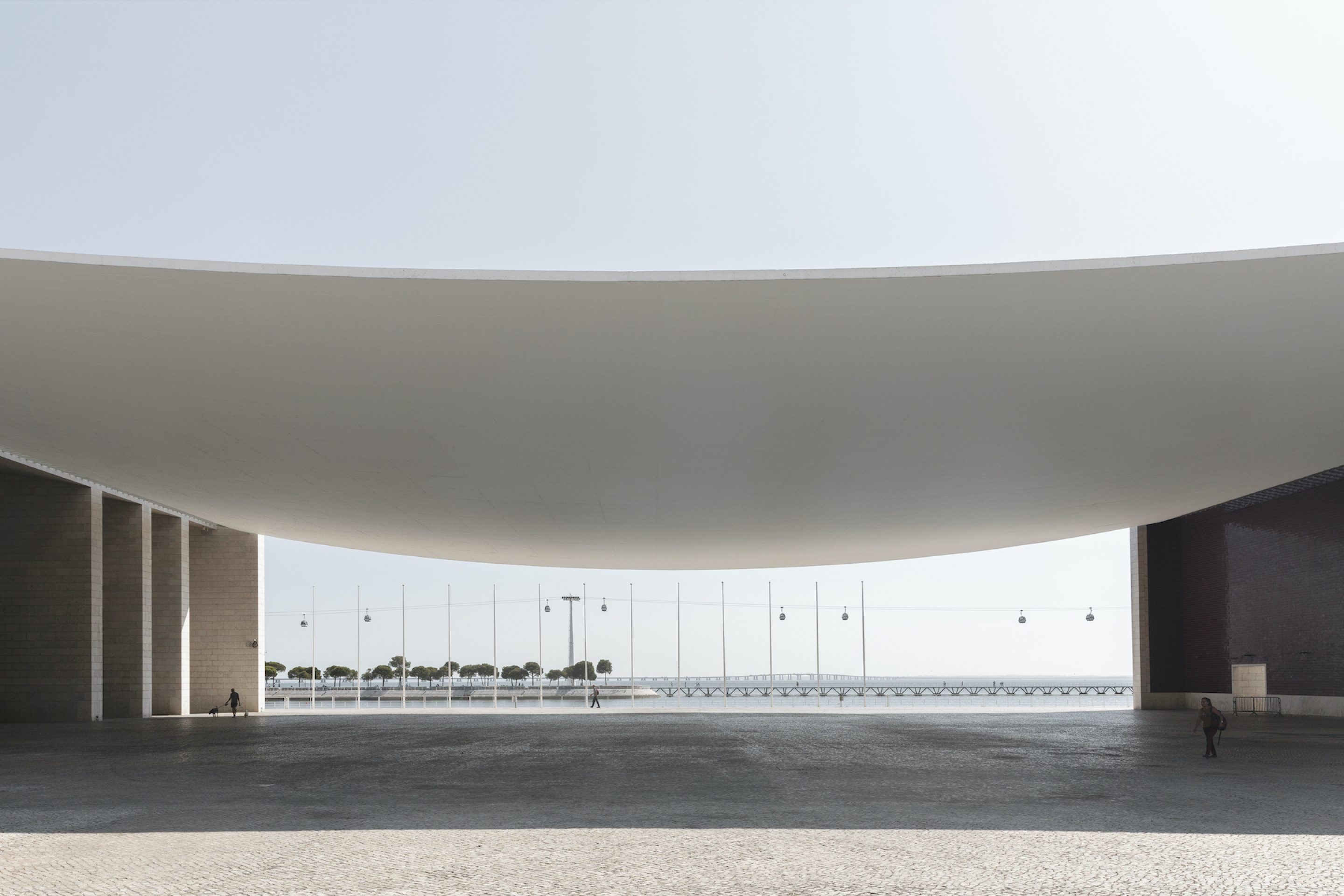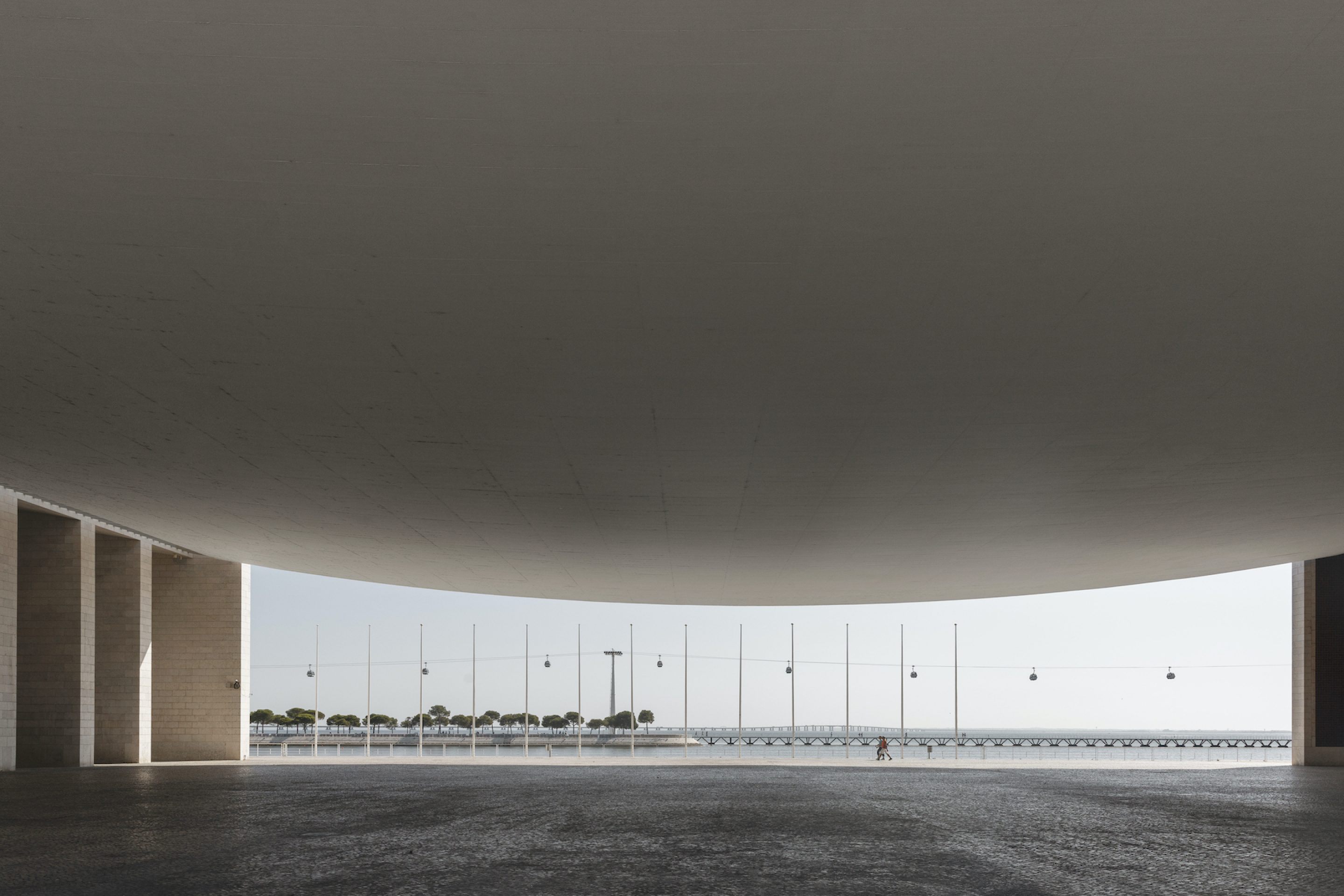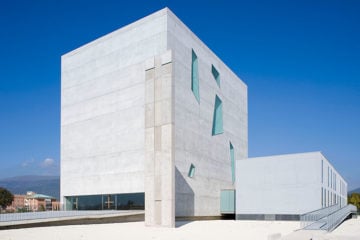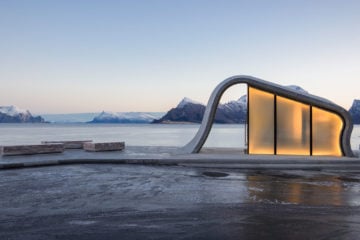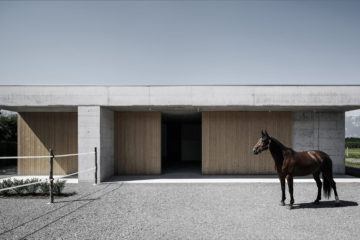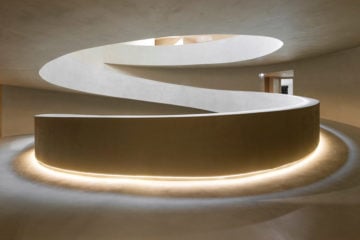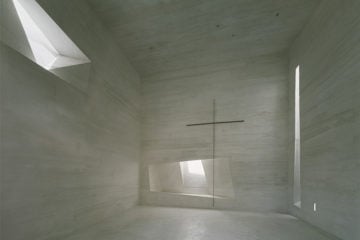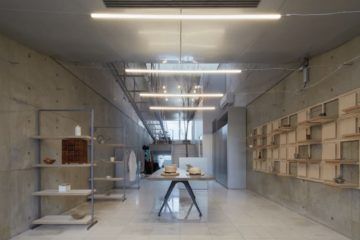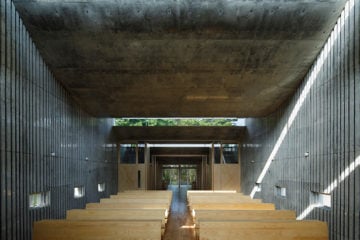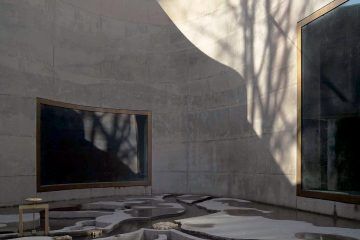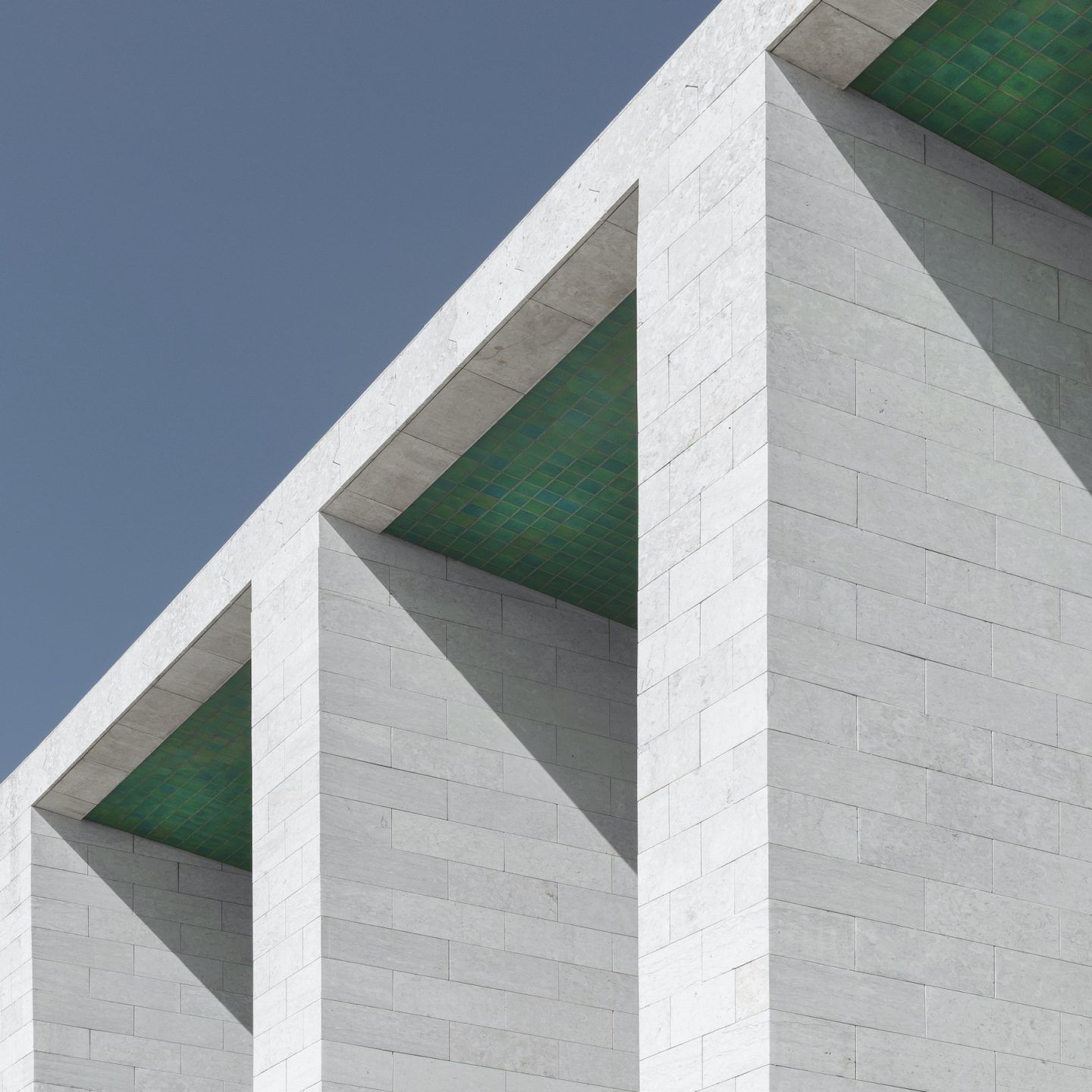
Tension And Balance Are Defining Features Of Álvaro Siza Vieira’s Portuguese National Pavilion
- Name
- Álvaro Siza Vieira
- Project
- Portuguese National Pavilion
- Images
- Giovanni Nardi
- Words
- Emily Grundon
Designed by one of Portugal’s most admired architects, Álvaro Siza Vieira, the ‘Portuguese National Pavilion’ is an iconic piece of architecture that demonstrates the possibilities of imaginative construction and engineering.
Located on the banks of the Tagus River in Lisbon, the venue was originally constructed for the 1998 World Exposition. The monumental structure is a testament to Modernist architecture, emphasizing the use of geometric shapes, a celebration of industrial processes, and revealing structural elements as primary architectural features. Perhaps the most significant feature is the vast, undulating canopy that forms the roof of the public plaza. Formulated in collaboration with designer Cecil Balmond, its structural ingenuity is revered today as one of the most impressive feats of engineering. Formed of a concrete layer just 20 centimeters thick and spanning a total distance of 65 meters without a single column in between, the concave awning appears to float weightlessly, whilst uniquely framing the river.
This arresting feature is made possible due to the use of suspension cables that connect the roof with two porticos. The architects have intentionally left a glimpse of these suspension cables visible where they connect with the support—a small but defining detail that highlights the structural integrity of the architecture. This meticulous construction simultaneously combines elements of tension and balance. Alongside the distinctive public plaza sits the main exhibition center, comprised of over 32,000 square meters of multi-purpose space which, like its counterpart, enjoys unrivaled views out across the river.
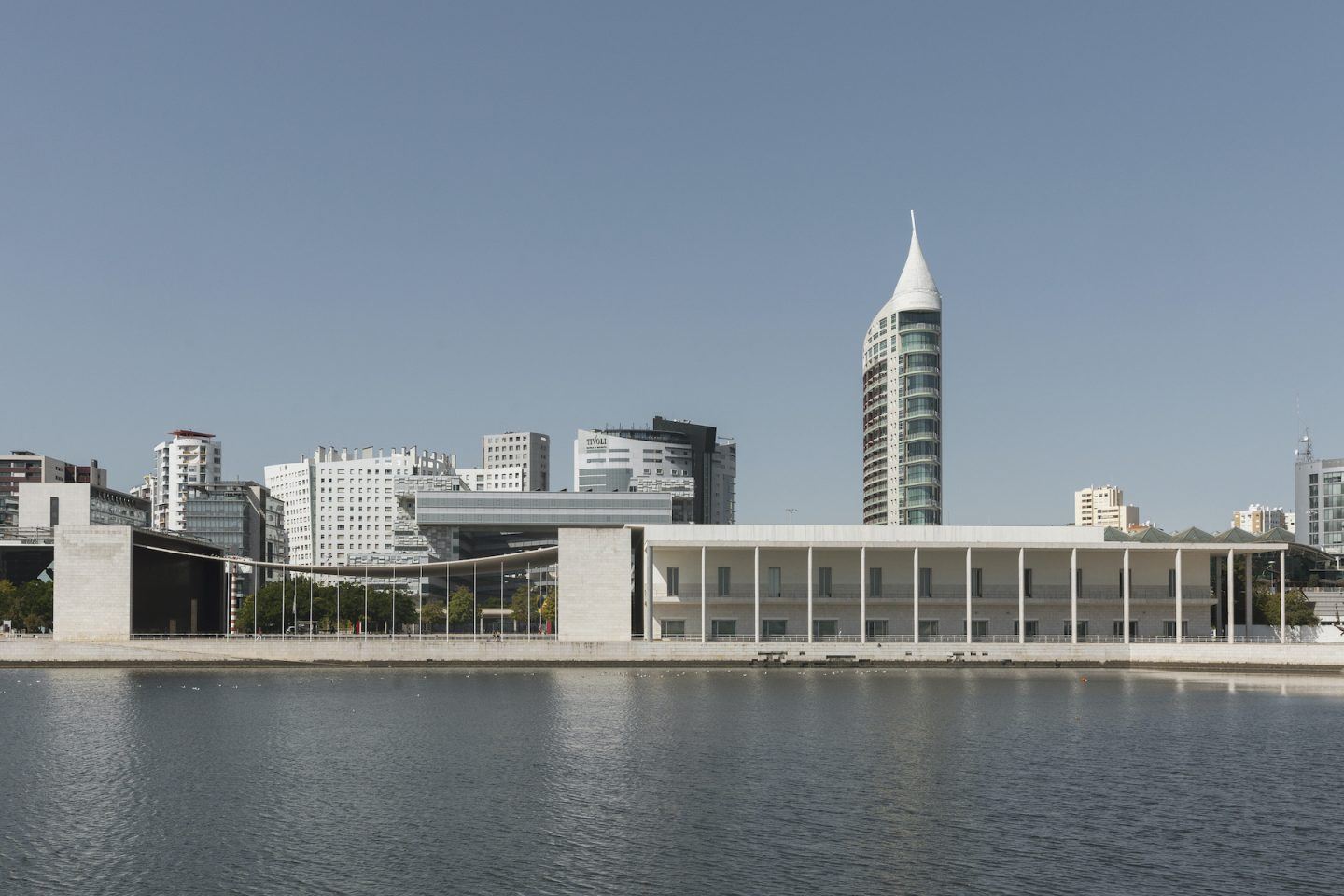
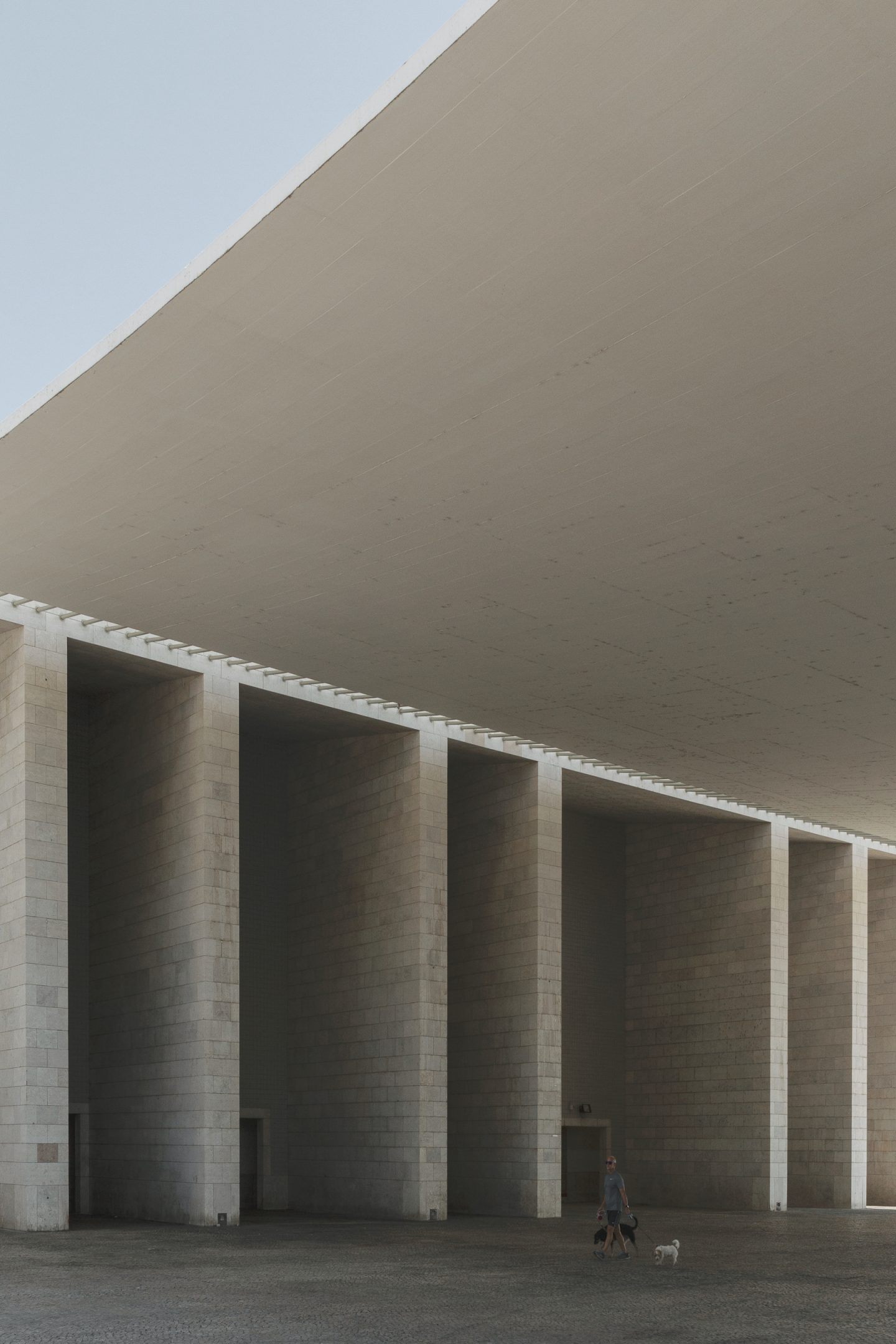
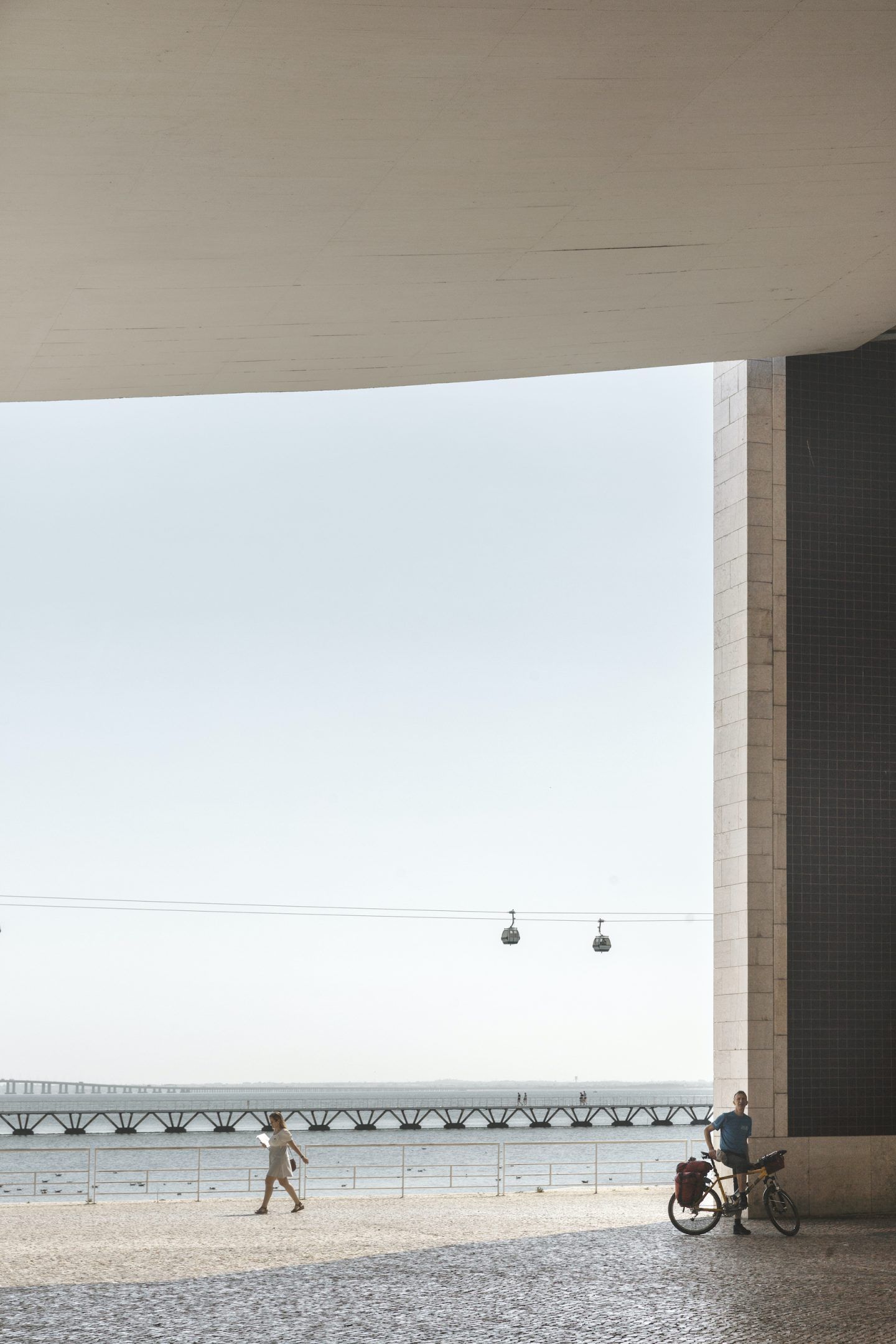
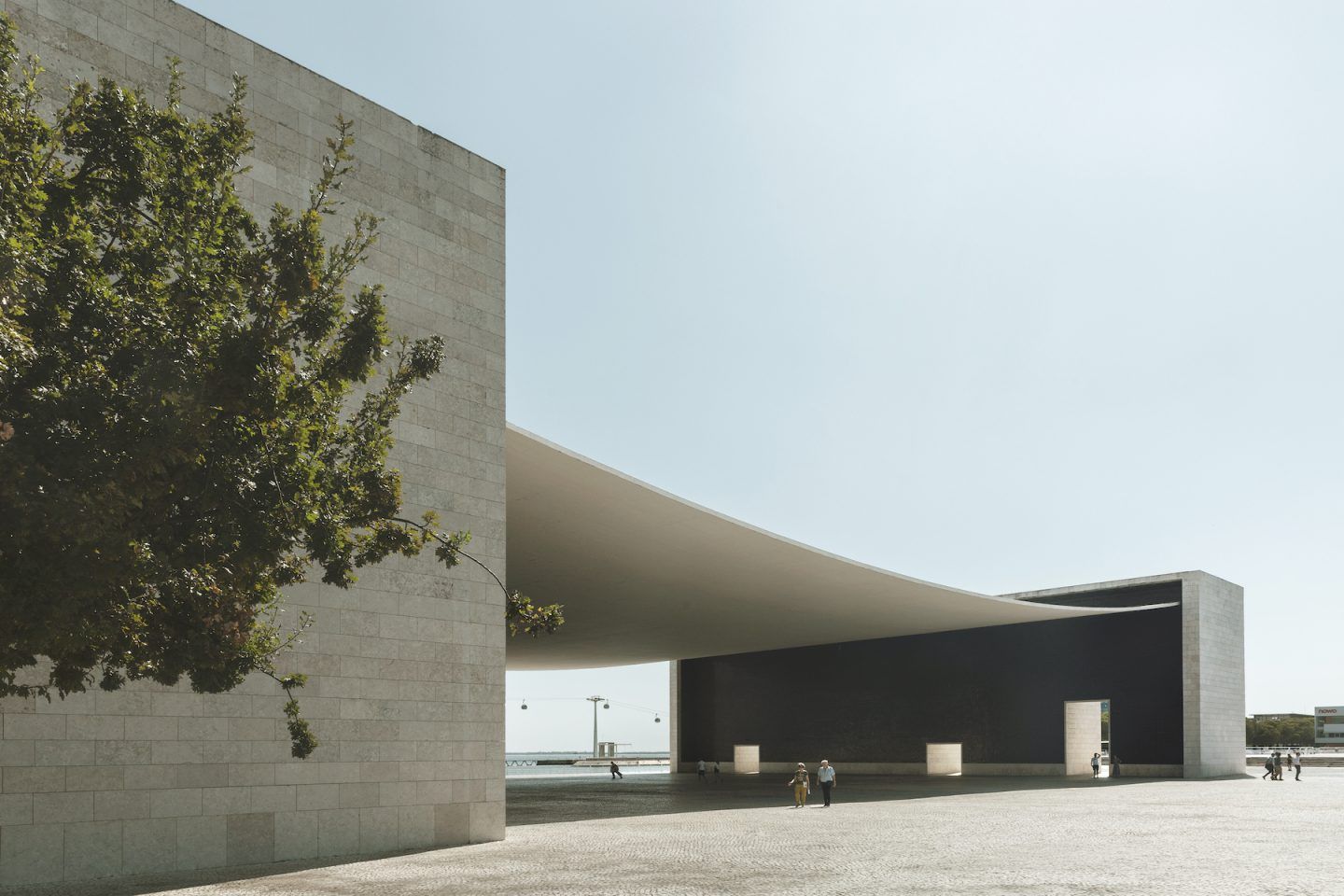
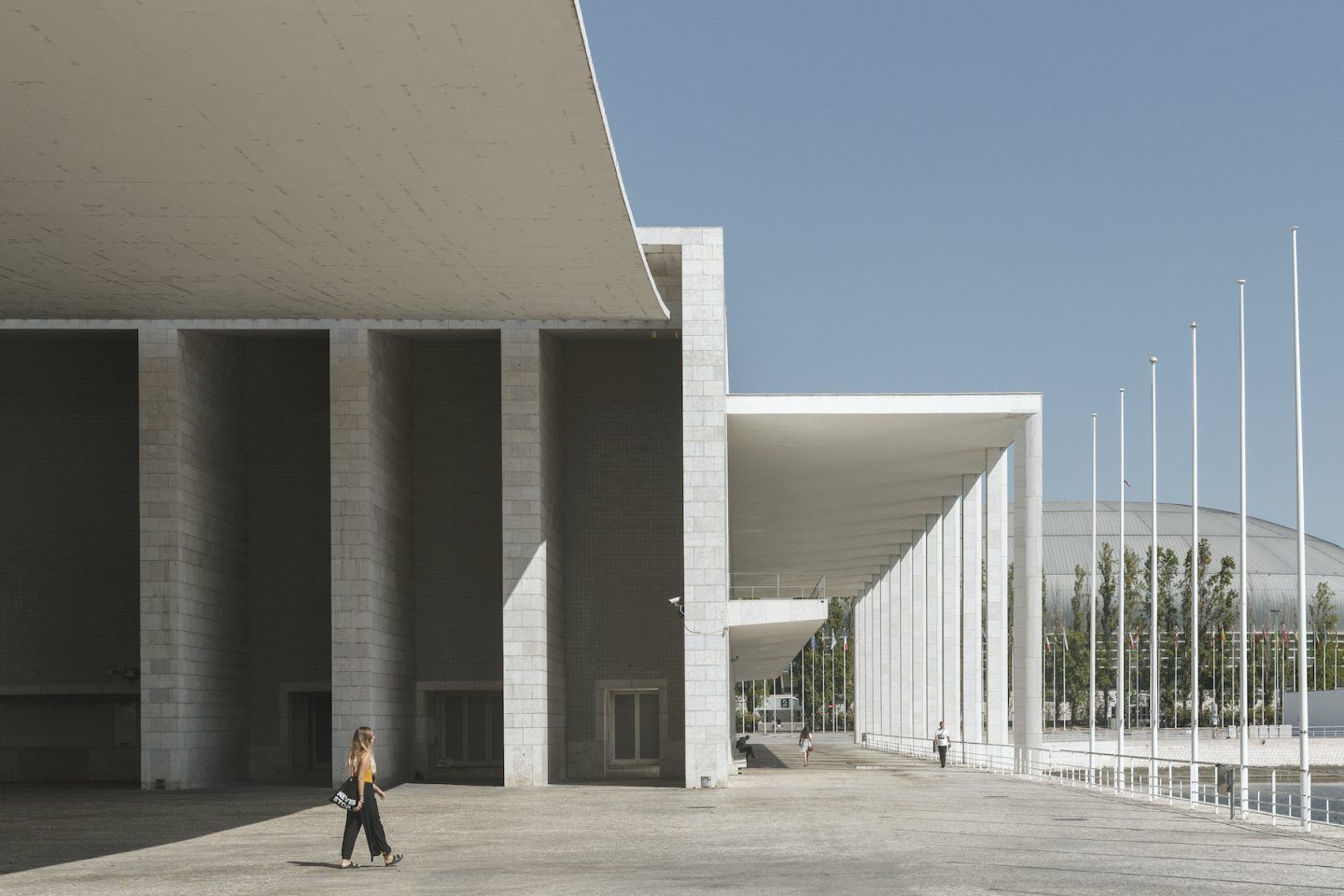
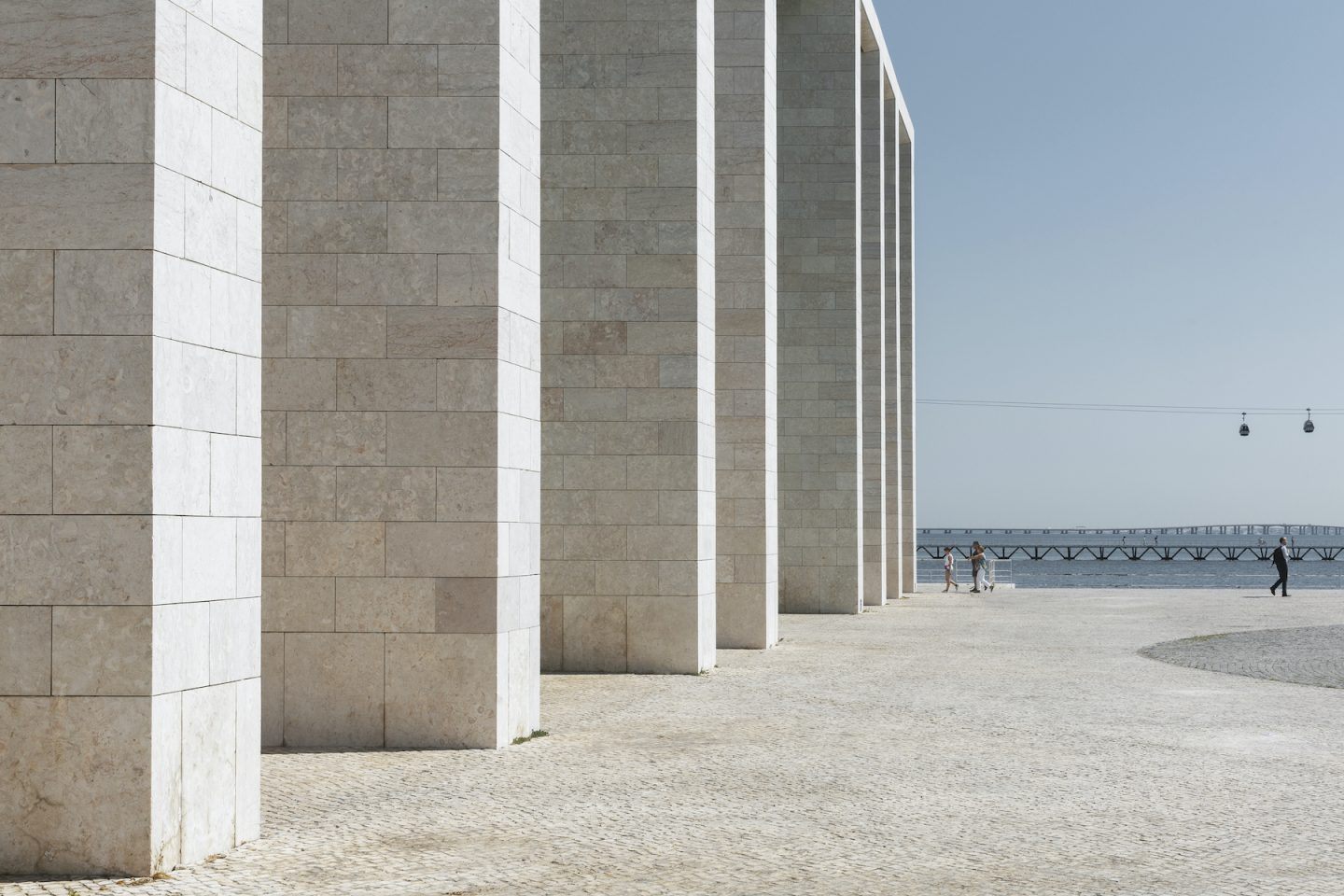
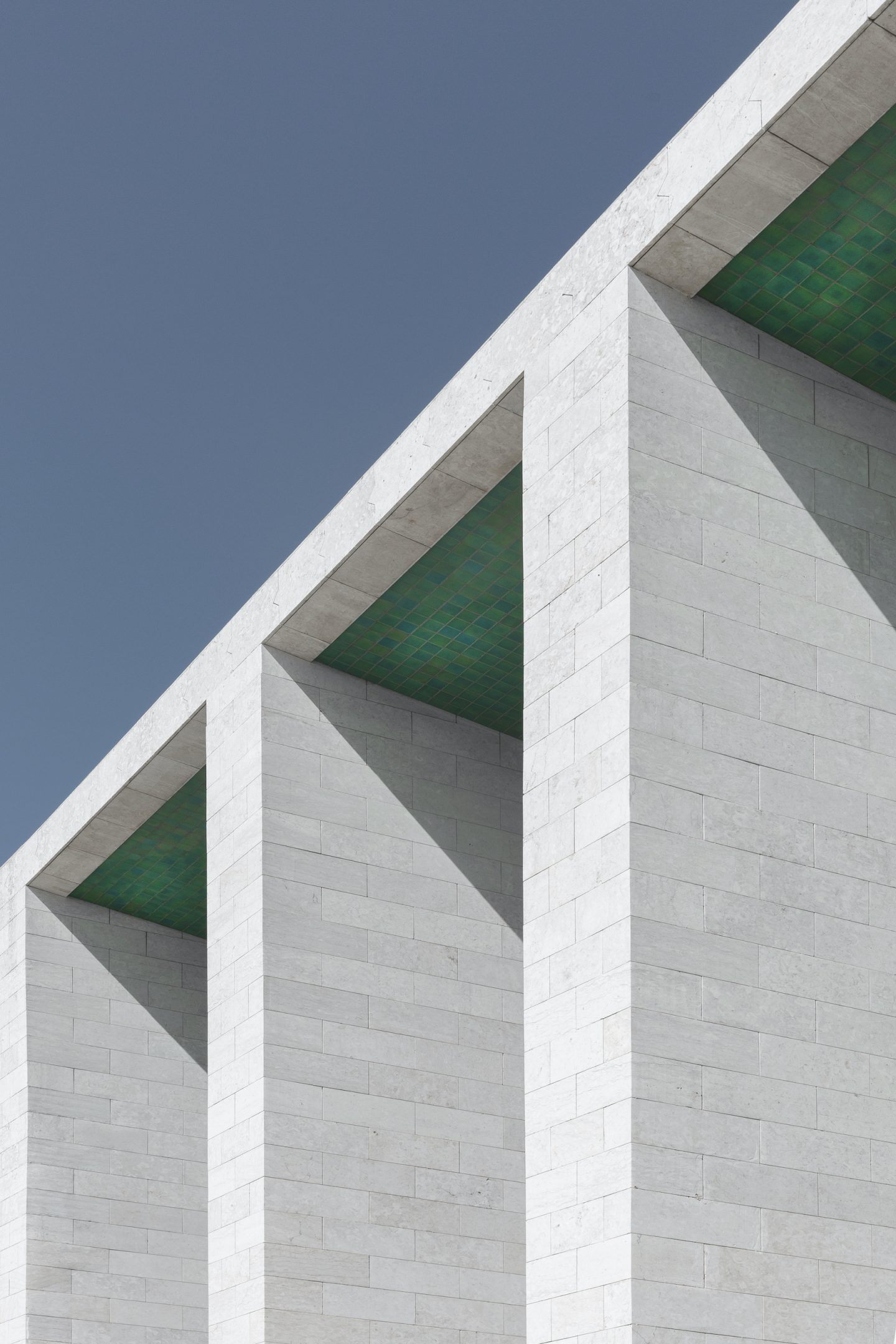
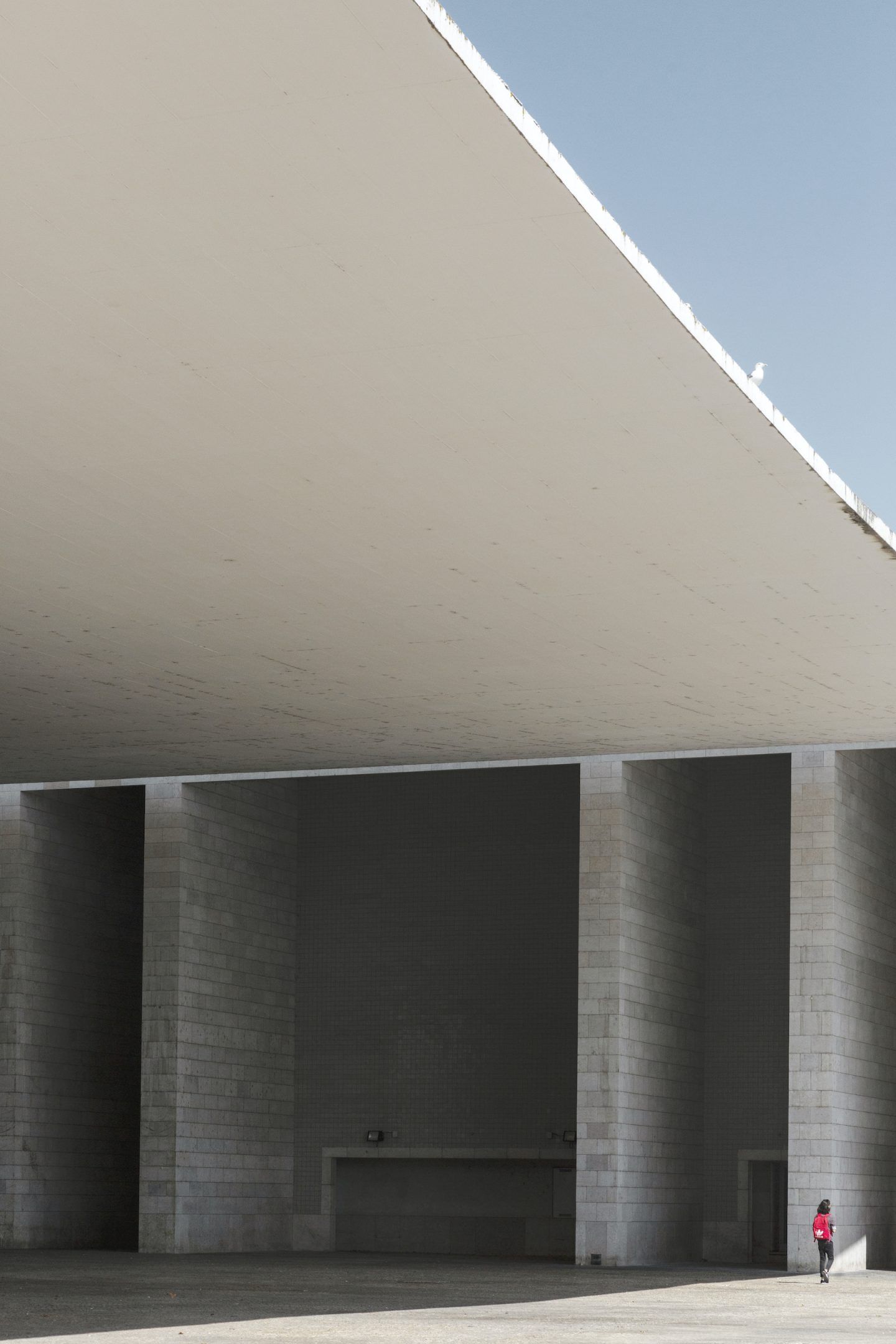
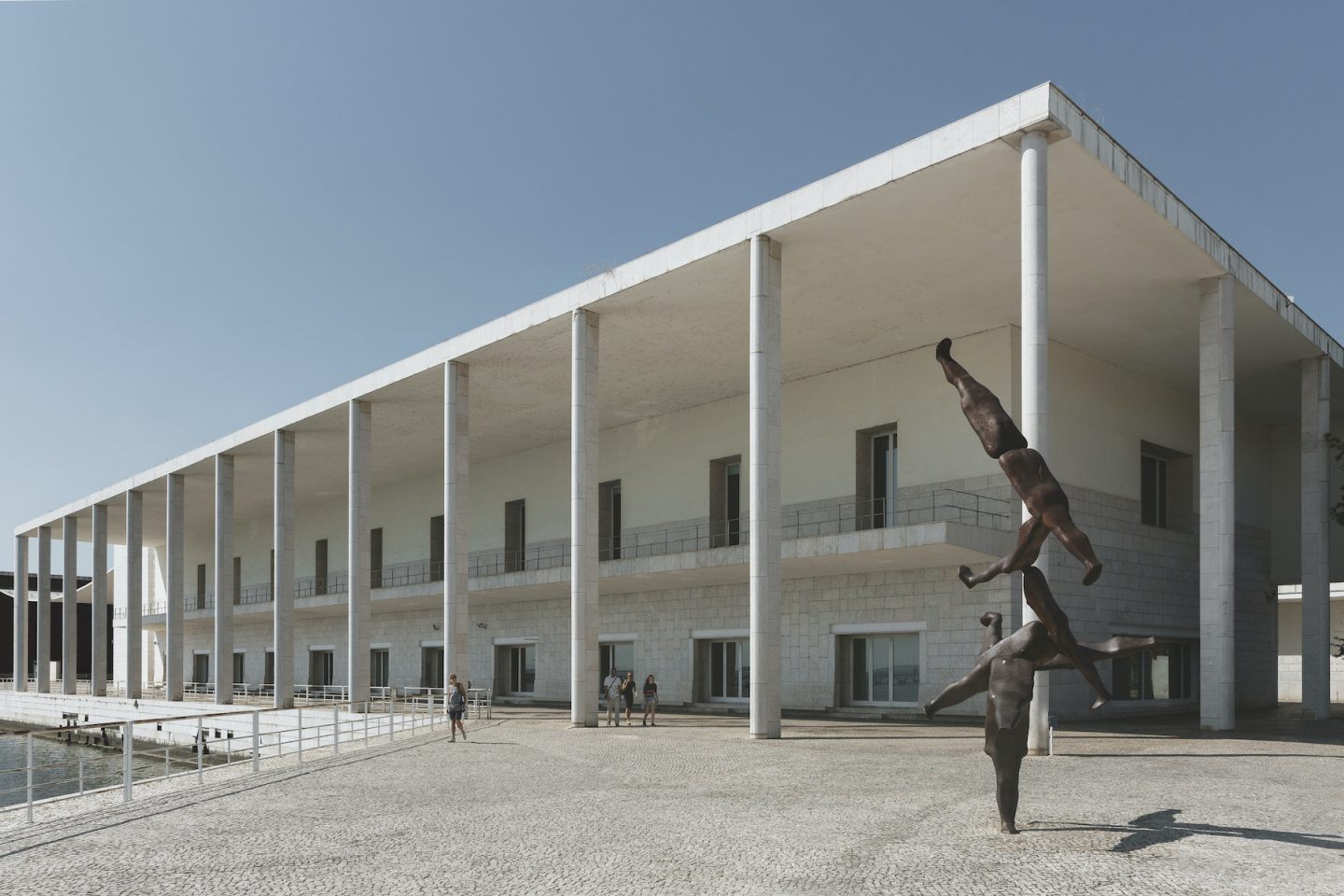
All images © Giovanni Nardi
